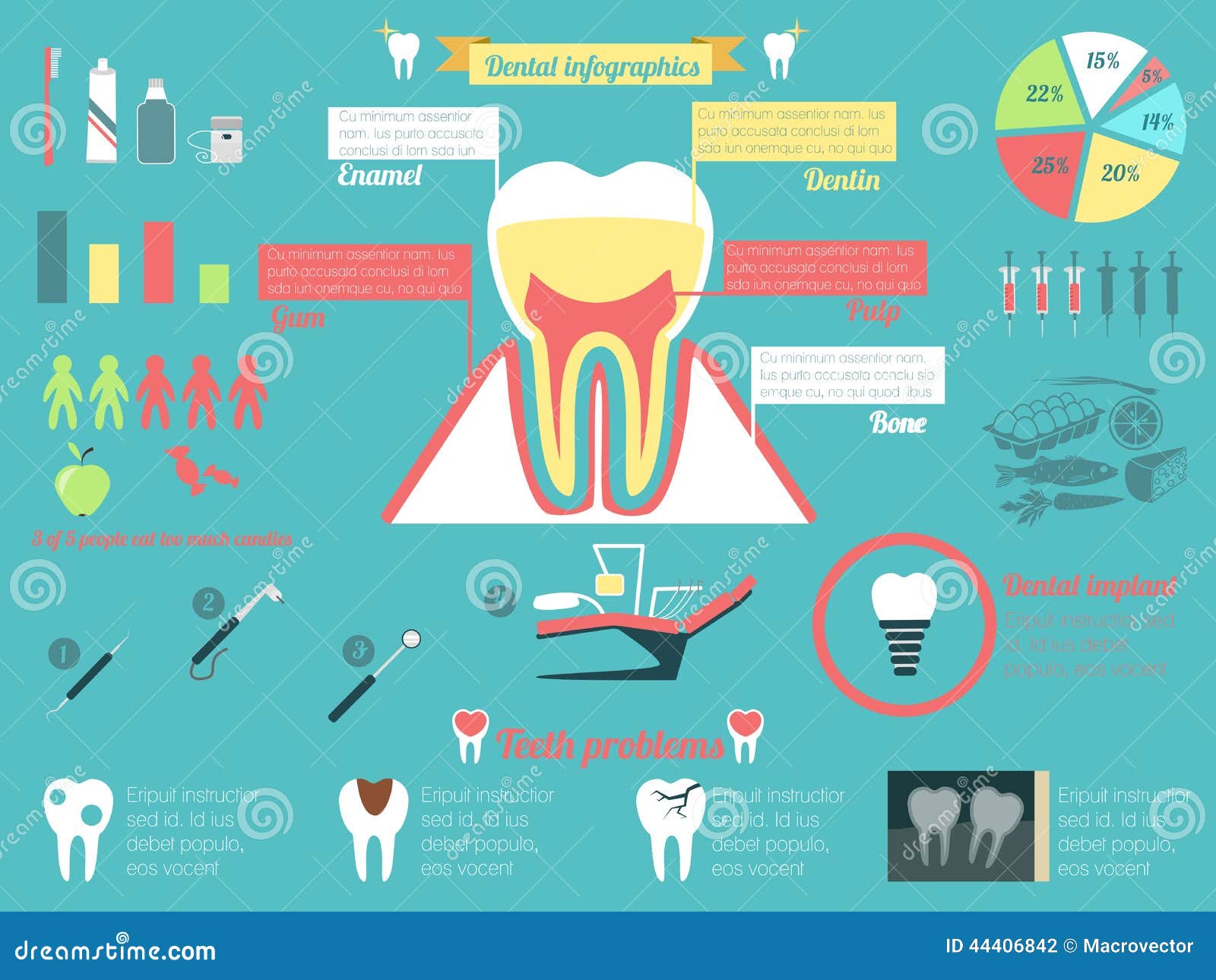The Horizon Of Oral Surgery: Revolutionary Innovations And Enhancements Shaping The Profession
The Horizon Of Oral Surgery: Revolutionary Innovations And Enhancements Shaping The Profession
Blog Article
Web Content By-Petersson Terrell
Welcome to the globe of oral surgery, where technologies and advances are shaping the future of the field! In this exciting realm, you'll witness the transformative power of robotics, the innovative marvel of 3D printing, and the game-changing impact of minimally invasive techniques.
braces in austin tx of oral surgery holds a pledge of precision, performance, and improved individual end results. With the help of sophisticated robotics, doctors have the ability to do complex procedures with higher accuracy and control.
3D printing innovation is revolutionizing the creation of dental implants and prosthetics, supplying customized services that fit flawlessly right into each individual's one-of-a-kind anatomy.
In addition, minimally intrusive strategies are reducing post-operative discomfort and recuperation time, permitting individuals to return to their daily lives quicker.
Prepare to explore the exciting technologies and advances that are reshaping the landscape of dental surgery!
Innovations in Robotics
One major innovation in dental surgery is using robotic innovation, which permits exact and effective surgeries. With the best orthodontist near me of robot systems, dental doctors have the ability to perform complicated surgeries with enhanced accuracy, reducing the risk of human mistake.
These robot systems are outfitted with advanced imaging innovation and accurate tools that allow cosmetic surgeons to browse through elaborate anatomical frameworks effortlessly. By using robot modern technology, cosmetic surgeons can achieve greater medical accuracy, causing boosted individual outcomes and faster recovery times.
On top of that, making use of robotics in dental surgery allows for minimally intrusive treatments, reducing the injury to bordering tissues and promoting faster healing.
3D Printing in Dental Surgery
To improve the area of oral surgery, you can explore the subtopic of 3D printing in dental surgery. This cutting-edge innovation has the possible to change the method dental cosmetic surgeons operate and deal with clients. Right here are 4 vital ways in which 3D printing is shaping the field:
- ** Customized Surgical Guides **: 3D printing allows for the creation of highly precise and patient-specific medical guides, improving the accuracy and efficiency of treatments.
- ** Implant Prosthetics **: With 3D printing, dental specialists can develop tailored implant prosthetics that completely fit a person's special makeup, causing far better end results and patient fulfillment.
- ** Bone Grafting **: 3D printing makes it possible for the production of patient-specific bone grafts, minimizing the demand for standard implanting methods and enhancing healing and recovery time.
- ** Education and Training **: 3D printing can be used to produce practical surgical models for academic objectives, allowing oral cosmetic surgeons to practice complicated procedures before doing them on people.
With click here to read to boost precision, customization, and training, 3D printing is an amazing development in the field of dental surgery.
Minimally Invasive Techniques
To even more advance the field of oral surgery, accept the possibility of minimally invasive techniques that can considerably benefit both cosmetic surgeons and patients alike.
Minimally intrusive strategies are changing the area by decreasing medical injury, minimizing post-operative pain, and increasing the healing procedure. These methods entail making use of smaller sized lacerations and specialized instruments to carry out procedures with precision and effectiveness.
By utilizing innovative imaging technology, such as cone beam of light calculated tomography (CBCT), doctors can properly plan and carry out surgeries with minimal invasiveness.
Furthermore, using lasers in oral surgery enables exact cells cutting and coagulation, causing lessened blood loss and decreased healing time.
With minimally intrusive methods, patients can experience much faster recovery, decreased scarring, and boosted results, making it a vital facet of the future of oral surgery.
Conclusion
So, as you can see, the future of dental surgery is unbelievably promising, with exciting advancements and developments shaping the area.
From the developments in robotics to using 3D printing and minimally intrusive techniques, dental surgeons are changing the method they offer care.
While some may fret about the potential cost connected with these advancements, it is necessary to keep in mind that these technologies inevitably enhance patient end results and decrease healing time, making them well worth the investment in the future.
